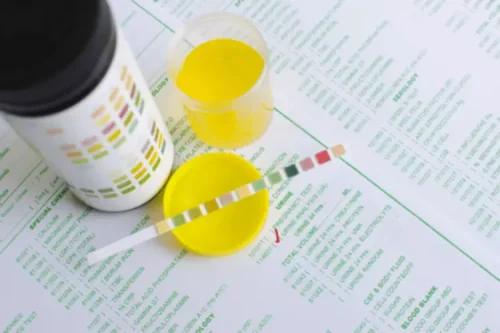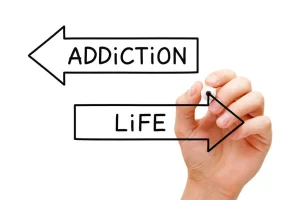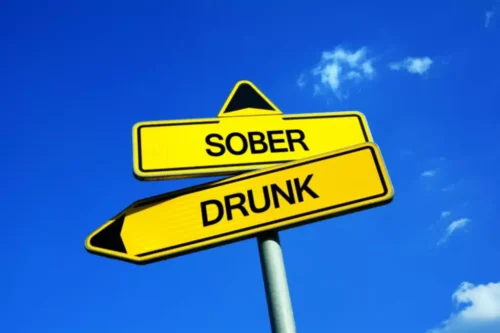
Unless free time is used appropriately, it could lead to boredom and attendant cravings for alcohol or to activities that increase the chances of drinking. Thus, clients should sample various leisure activities to find those that they enjoy, that are incompatible with drinking, and that also could be used from time to time as rewards for specific accomplishments along the road to sobriety. It involves arranging alternative, less desirable consequences for drinking (e.g., a significant other withdrawing from social interactions with the drinker) and arranging positive consequences for sobriety (e.g., a significant other providing attention and recognition). When the first option doesn’t work, people tend to move on to the second option, which reduces the importance of one or more beliefs or attitudes.

Cognitive dissonance between rotational minds and subconscious beliefs.
Indeed, they imply that individuals can consciously and accurately assess and report their emotions. Moreover, there is a lack of standardization in the field in the instruments that are used. For instance, even when referring to the same scale, scholars use different methods of scoring, different instructions, and even different sets of items.
- Aversion therapies, on the other hand, showed either fair evidence of effectiveness (when using imagined aversive scenes) or no evidence of effectiveness (when using electric shock or nausea).
- Clients may be taught to view a slip (e.g., taking a drink) as a learning experience and an opportunity to formulate more effective plans for coping with similar situations in the future.
- The clients who benefited most from these approaches had skills deficits in areas specifically addressed by the treatment they received.
- Alternatively, a person might choose to change their attitude about smoking by viewing it as something to be avoided rather than something desirable.
Bronx Lebanon Hospital Center/Inpatient Rehabilitation Program
- This study’s third finding highlights the relationship between cognitive and affective dimensions in users of pan-entertainment mobile live broadcast platforms.
- As shown, when clients choose and execute an appropriate coping response, they feel a sense of mastery, but when no coping response is used, they feel helpless and anticipate that a drink would help in the situation.
- Finally, training may be necessary in the development and nurturance of a social support network, which would enhance the likelihood of their maintaining sobriety.
- “Not necessarily because it is ‘wrong’ in and of itself, but because it is counterproductive to us being who we say we are, or who we desire ourselves to be,” she says.
- Cue exposure therapy seeks to diminish a client’s responsiveness to antecedent factors that lead to drinking (Cooney et al. 1983).
- For instance, investigating the time course of CDS and some of its influence could already be possible if authors shared their data along with the time course of their protocol.
For example, you could attempt to undermine the importance of the belief “alcohol harms my health” with arguments such as “living in the moment,” “just one drink won’t hurt,” or “everyone drinks. It must not be that bad.” Angie maintains involvement with the day to day operations, continually looking for ways to improve and innovate. Dan is passionate about disrupting the current addiction treatment model in the USA and wants to see people overcome their addiction issues and not just remain sober, but thrive in life while living their passion. His passion is helping addicts holistically and through a blend of both western and eastern philosophies. Tim is an experienced and talented administrator and director of mental health and addiction treatment facilities. Tim also spent several years as CEO to Eric Clapton’s facility in the Caribbean, Crossroads of Antigua.
Category 3 renewing non-addiction relationships and social network
Is an accredited drug and alcohol rehabilitation program, that believes addiction treatment should not just address “how to stay sober” but needs to transform the life of the addict and empower him or her to create a more meaningful and positive life. We are dedicated to transforming the despair of addiction into a purposeful life of confidence, self-respect and happiness. We want to give recovering addicts the tools to return to the outside world completely substance-free and successful.

Finally, in addition to this standardization of the induction task, one has to rely on standard assessment of the CDS. In a seminal paper, Elliot and Devine (1994) made a major advance by confirming the existence of discomfort prior to attitude change (Exp. 1) and a decrease of such discomfort following the attitude change (Exp. 2). This paper stressed a fundamental point by examining the hypothesized state, but several questions remain concerning the nature and the exact role of the CDS.
Alcohol Use Disorder: What It Is, Risks & Treatment
A consensus on the meaning of recovery from SUD has not been reached (Ashford et al., 2019; Inanlou et al., 2020). In this respect, recovery capital illustrates the well-known concept of “resilience” and how it may be operationalised (Friborg et al., 2003). In a cognitive-behavioral conceptualization of alcohol dependence, drinking is regarded as a learned behavior that can be altered by identifying its antecedents and consequences and by modifying the drinker’s responses to them.
This treatment also may provide an opportunity to practice coping skills in the presence of alcohol (Monti et al. 1989). Cue exposure therapy is still in the experimental stage, with support for its efficacy thus far coming mainly from case reports (Institute of Medicine 1990). Other intrapersonal skills that may be taught include coping with anger or with negative thoughts (see Kadden et al. [1992] for techniques cognitive dissonance addiction related to coping with depressed moods). Angie has dedicated her life to freeing those suffering from drug and alcohol addiction. With over 25 years of experience working in the rehabilitation field, she has expertise with all aspects of the industry including the clinical process, drug education/prevention and community outreach, as well as the behind the scenes aspects of running an addiction treatment center.


